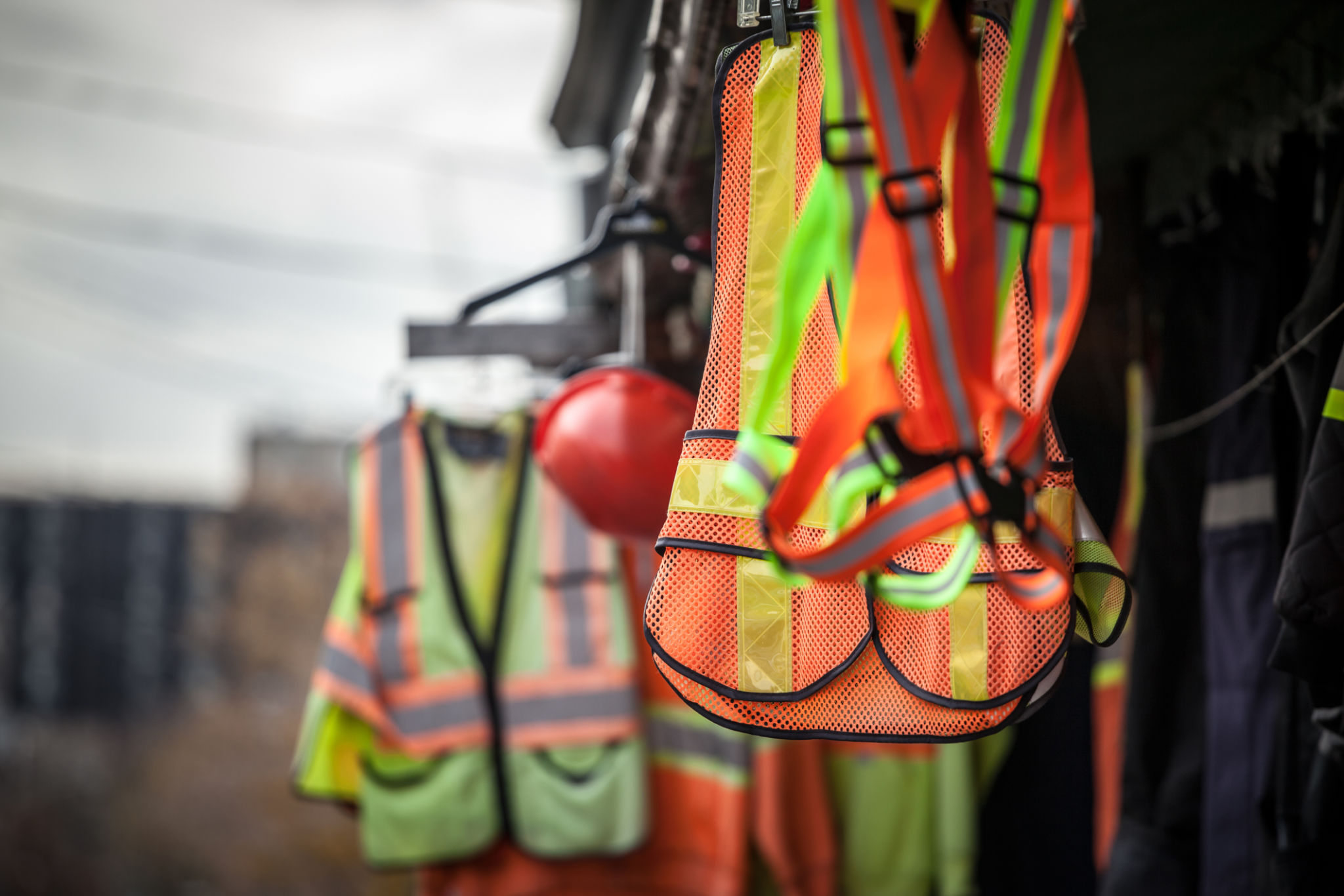Common Construction Cleaning Mistakes and How to Avoid Them
Introduction
Construction cleaning is a vital step in any building project, ensuring that the site is safe, presentable, and ready for use. However, many common mistakes can lead to inefficiencies or even safety hazards. Understanding these pitfalls and learning how to avoid them can save time, money, and effort.
Neglecting Safety Protocols
One of the most critical mistakes in construction cleaning is neglecting safety protocols. Cleaning sites without proper personal protective equipment (PPE) can expose workers to hazardous materials and sharp objects. Always ensure that all team members are equipped with the necessary safety gear, including gloves, goggles, and hard hats.

Overlooking Hazardous Materials
Construction sites often contain hazardous substances like asbestos, lead-based paint, or chemical solvents. It's essential to identify and handle these materials correctly to prevent health risks. Proper training and awareness are key to managing these dangers safely.
Using Inappropriate Cleaning Techniques
Another frequent mistake is using inappropriate cleaning techniques or supplies. For instance, using too much water on certain surfaces can lead to damage or mold growth. Understanding the specific requirements of different materials will help in selecting the right cleaning methods.
Ignoring Manufacturer Guidelines
Manufacturers often provide specific guidelines for cleaning products and equipment. Ignoring these instructions can result in damage to surfaces or ineffective cleaning. Always follow the recommended practices and consult with professionals when in doubt.

Poor Planning and Organization
A lack of planning can lead to disorganized cleaning efforts that waste time and resources. Before starting any cleaning project, it's crucial to develop a detailed plan outlining tasks, timelines, and responsibilities. This structured approach helps in coordinating efforts and achieving efficient results.
Underestimating Time and Resources
Underestimating the time and resources required for a thorough clean-up is another common error. It's vital to allocate enough time and manpower to ensure that all aspects of the site are addressed adequately. Always factor in extra time for unexpected challenges or delays.

Conclusion
Avoiding common construction cleaning mistakes requires awareness, careful planning, and a commitment to safety. By addressing these issues proactively, construction professionals can enhance efficiency, reduce costs, and ensure a smooth transition from construction to occupancy. Whether it's adhering to safety protocols or following a well-organized plan, taking these steps will lead to successful project completion.